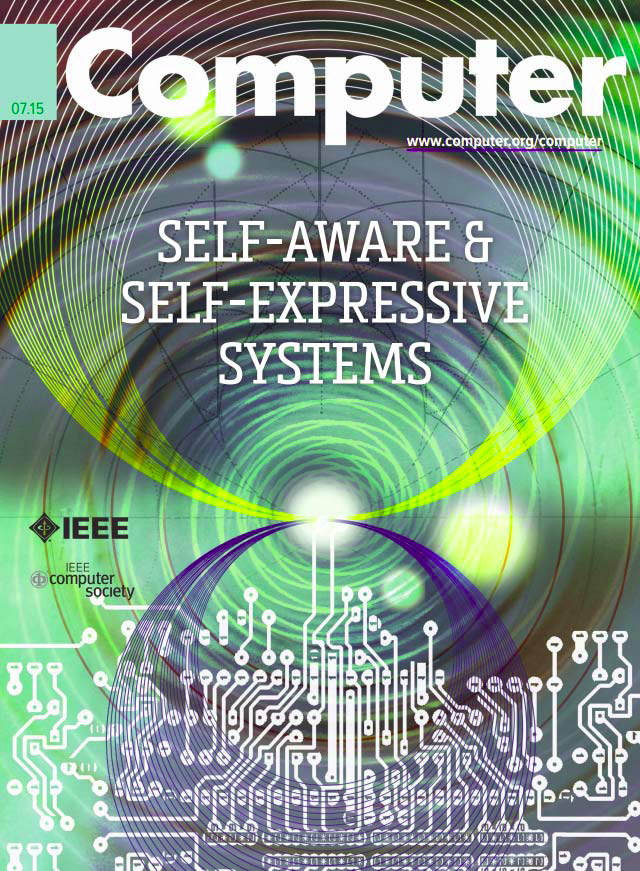Yesterday, I defended my PhD thesis with distinction!
The committee was composed by Laszlo Böszörmenyi, Bernhard Rinner (Supervisor) and Janusz Konrad (Boston University).
My thesis is entitled ‘Autonomous Distributed Tracking in Networks of Self-organised Smart Cameras’
Abstract:
Modern smart cameras combine processing units with visual sensors and allow to acquire and process video feeds on the device. Visually tracking objects in a network of cameras can be achieved in a distributed fashion where only a single camera is responsible for tracking an object. This requires the network to decide autonomously which camera is responsible for tracking an object at what time. Without having any knowledge about the location or orientation of other cameras nor the movement patterns of the objects of interest, using market-based techniques the cameras are able to ‘trade’ tracking responsibilities. Getting to know its trading partners, each camera is further induced with the capability of learning its local neighbourhood, the so called vision graph. This allows each camera in the system to reduce its own communication overhead, and hence the communication effort of the entire system. Making use of biology inspired foraging mechanisms, artificial pheromones are facilitated to build up the vision graph and simultaneously enable the cameras to forget about neighbours where the response rate to advertised auctions drained over time.
To advertise auctions within the network of smart cameras to prospective buyers, the cameras can employ one out of six different strategies which are able to exploit the vision graph. Each of these strategies gives rise to one out of two objectives: minimising network-wide communication or maximising system-wide tracking performance. So-called multi-armed bandit problem solvers are facilitated to enable each camera to identify the strategy fitting best for its given situation and hence improve the overall performance of the network.
If you are interested in my thesis, you can find it in the publication section
Additionally, I would like to thank Peter R. Lewis from the Aston University in Birmingham, Prof. Xin Yao from the University of Birmingham, Arjun Chandra from the University of Oslo, Roman Pflugfelder, Georg Nebehay and Gustavo Fernandez from the Austrian Institute of Technology, and my colleagues Bernhard Dieber, Jennifer Simonjan, Thomas Winkler, Daniel Wischounig-Strucl, Melanie Schranz, Herwig Guggi, Saeed Yahyanejad for their close collaborations and support in the last few years! Thank you!

